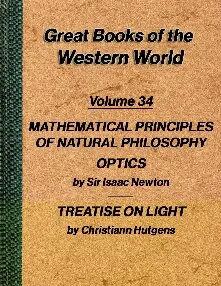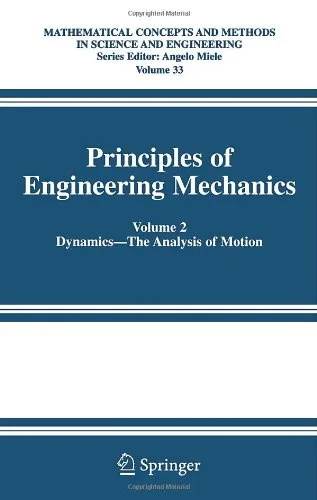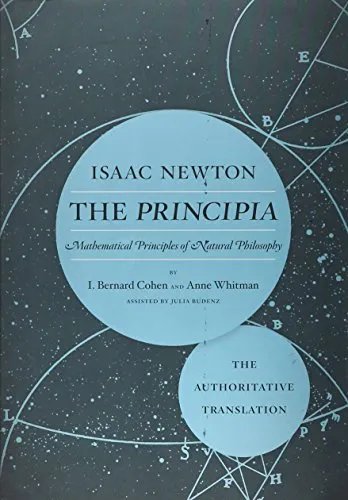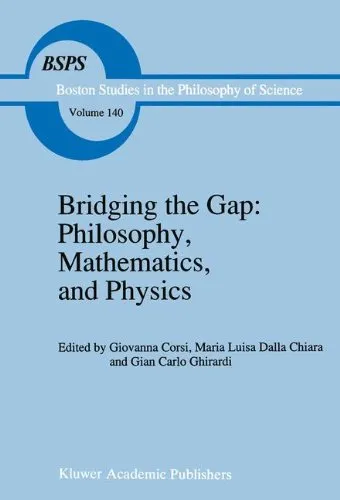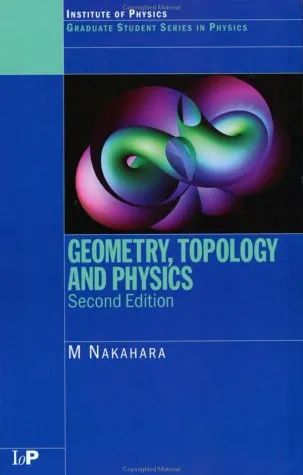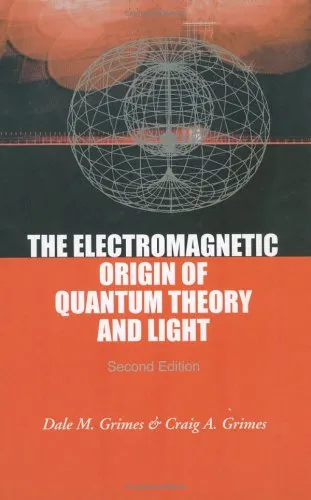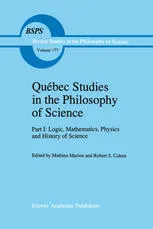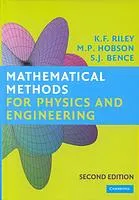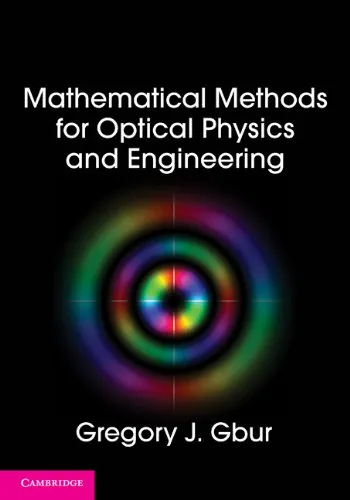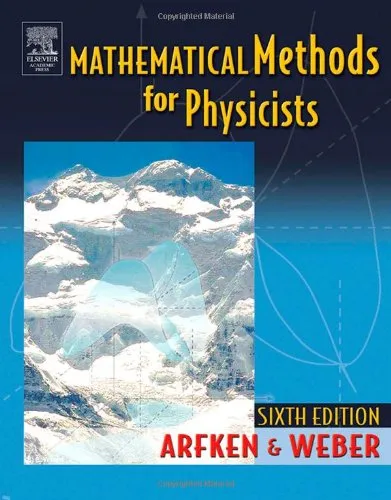Mathematical Principles of Natural Philosophy and Optics by Newton, Treatise on Light by Huygens
4.7
Reviews from our users

You Can Ask your questions from this book's AI after Login
Each download or ask from book AI costs 2 points. To earn more free points, please visit the Points Guide Page and complete some valuable actions.Related Refrences:
Introduction to "Mathematical Principles of Natural Philosophy and Optics" by Newton and "Treatise on Light" by Huygens
The celebrated works "Mathematical Principles of Natural Philosophy" by Sir Isaac Newton and "Treatise on Light" by Christiaan Huygens are monumental contributions to the foundations of physics and optical science. Together, they present profound insights into the fundamental laws governing the natural world, blending mathematical rigor with profound observations of light and motion. These texts have shaped scientific thought, introducing principles that laid the groundwork for modern physics, astronomy, and engineering.
Newton's "Principia" showcases the power of mathematics applied to mechanics, celestial motion, and universal gravitation, while Huygens' "Treatise on Light" delves deeply into the behavior and wave theory of light. Published decades apart, these works represent a pivotal moment in the history of science, where centuries-old theories gave way to a more systematic and experimental approach to understanding nature. This book offers a unified reading experience of these cornerstones of human knowledge.
Detailed Summary of the Book
The combined presentation of Newton's "Mathematical Principles of Natural Philosophy" and Huygens' "Treatise on Light" provides a comprehensive exploration of the physical universe, from planetary motion to the intricate properties of light.
Newton's work, often referred to as the "Principia," is divided into three books. The first book focuses on the motion of bodies, including Newton's laws of motion, which describe the relationships between force, mass, and acceleration. The second book examines fluid dynamics and resistance, offering insights into applications that were revolutionary for their time. Finally, the third book applies these principles to celestial mechanics, culminating in Newton's law of universal gravitation. Through detailed observation, precise mathematics, and brilliant synthesis, Newton demonstrated that the motion of earthly objects and celestial bodies is governed by the same fundamental laws.
Complementing Newton's mechanics, Huygens' "Treatise on Light" elucidates the nature of light and its propagation. In this text, Huygens introduces the concept of wave theory, explaining that light moves in waves, a theory that would later become fundamental to optics. Huygens discusses phenomena such as reflection, refraction, and double refraction, impressively providing mathematical underpinnings for his observations. His work challenged the prevailing particle theory of light, laying the groundwork for the eventual development of modern wave-particle duality.
Together, these texts represent an extraordinary range of scientific inquiry, progressing from the motion of planets and physical laws to the intricate properties of light. They combine empirical observation with rigorous logic and mathematics, establishing the scientific principles upon which generations of researchers have built.
Key Takeaways
- Newton's three laws of motion provide a universal foundation for classical mechanics.
- The law of universal gravitation unifies terrestrial and celestial mechanics into a single framework.
- Huygens' wave theory of light challenges earlier particle-based theories, offering a new perspective on optics.
- Both works emphasize the importance of mathematics as the language of nature, conveying complex ideas with unparalleled clarity.
- These texts highlight the shift from speculative natural philosophy to systematic experimental and theoretical approaches.
Famous Quotes from the Book
"To every action there is always opposed an equal reaction." – Isaac Newton
"Light spreads itself spherically, in circles, and in waves which form concentric spheres." – Christiaan Huygens
"The motions of the planets are naturally explained by the universal law of gravitation." – Isaac Newton
"Propagation of light takes place by means of waves in an ethereal medium." – Christiaan Huygens
Why This Book Matters
"Mathematical Principles of Natural Philosophy and Optics" and "Treatise on Light" remain essential scientific works due to their profound influence on the development of science. Newton’s approach introduced systematic, mathematical methodologies that inspired centuries of scientific exploration, while Huygens' theories contributed to one of the most important advancements in our understanding of wave phenomena in physics.
Together, these books have become symbols of a scientific revolution, a departure from purely theoretical speculation into a realm where empirical evidence and mathematical demonstration reign supreme. Newton and Huygens encouraged curiosity-driven experimentation, fostering breakthroughs in mechanics, astronomy, and optics that continue to resonate today. Understanding these works offers a glimpse into the brilliance that shaped not only the Enlightenment era but also the pillars of modern scientific inquiry.
This book is more than a collection of two monumental works; it is a celebration of human intellect and the relentless pursuit of knowledge. It's a must-read for scholars, physicists, engineers, and anyone fascinated by the origins of our scientific worldview.
Free Direct Download
You Can Download this book after Login
Accessing books through legal platforms and public libraries not only supports the rights of authors and publishers but also contributes to the sustainability of reading culture. Before downloading, please take a moment to consider these options.
Find this book on other platforms:
WorldCat helps you find books in libraries worldwide.
See ratings, reviews, and discussions on Goodreads.
Find and buy rare or used books on AbeBooks.
1309
بازدید4.7
امتیاز0
نظر98%
رضایتReviews:
4.7
Based on 0 users review
Questions & Answers
Ask questions about this book or help others by answering
No questions yet. Be the first to ask!
